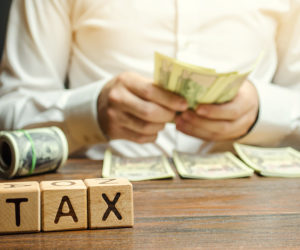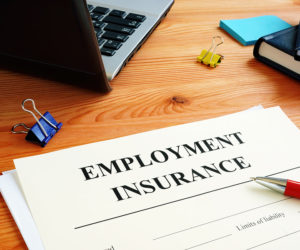
Sorry, your browser is not compatible with this application. Please use the latest version of Google Chrome, Mozilla Firefox, Microsoft Edge or Safari.
Economy content

Supporting Businesses Through Better Justice...
Small and medium-sized enterprises often face legal challenges that are costly, complex, and difficult to navigate, especially during periods of economic uncertainty. This paper examines how justice systems can better…
Learn More


The Hidden Costs of Decline: Health Disparities in...
This Census Bureau working paper explores how long-term population decline in micropolitan areas is closely tied to worsening health outcomes. Using decades of demographic and health data, the analysis shows…
Learn More


Regulatory Fees and Expenses of Broker-Dealers
This paper examines long-term trends in regulatory fees and expenses paid by SEC-registered broker-dealers using FOCUS data from 2010 through 2024. It highlights how these costs vary widely by firm…
Learn More


A Decade of OECD Competition Trends, Data and...
This OECD report examines how competition enforcement has evolved globally over the past decade, drawing on data from 66 jurisdictions between 2015 and 2024. It highlights shifting priorities in merger…
Learn More


National Chains and Trends in Retail Productivity...
This working paper explores how the retail sector has transformed over three decades, revealing widening productivity gaps among stores even as national chains have created more uniform shopping experiences. The…
Learn More


2025 Acts Affecting Business and Jobs
Connecticut’s 2025 legislative session introduced wide-ranging policy changes that reshape the business landscape—from workforce development and tax incentives to consumer protections and environmental requirements. These updates touch nearly every sector,…
Learn More


2022 Nebraska Tax Burden Study
Nebraska’s 2022 Tax Burden Study explores how different tax changes ripple through the state’s economy, reshaping household income, business activity, and government revenue. Using a computable general equilibrium model, the…
Learn More


International Migration Outlook 2025
The International Migration Outlook captures how migration flows, labour shortages, and demographic pressures are reshaping economies across the OECD. The report highlights shifting migration patterns, tighter asylum systems, and the…
Learn More


Workforce and Industry Incentives Economic...
Virginia continues to refine how it supports workforce development and key industries, focusing on programs that help attract and grow businesses while improving worker skills. This review highlights the effectiveness…
Learn More


“Ghost” Jobs
“Ghost jobs” — online postings for roles that don’t actually exist — are adding unnecessary stress to today’s job hunt. This brief explores why employers use them, how they erode…
Learn More


2025 Indiana Tax Incentive Review
Indiana continually evaluates whether its tax incentives are truly driving the economic and social benefits they were created to achieve. This review highlights where programs like the Earned Income Tax…
Learn More


The Impact of Tax Increment Financing on School...
Tax Increment Financing (TIF) is designed to revitalize communities, but its effects on school funding are more complex. When rising property tax revenue is diverted to redevelopment instead of school…
Learn More


G20/OECD Report on Blended Finance Derisking...
Emerging economies need trillions in additional investment each year to meet sustainable infrastructure goals, but private capital remains limited due to heightened risk perceptions. This report explores how guarantees and…
Learn More


Unemployment Insurance, Wage Pass-Through, and...
This research explores how expanded unemployment insurance during COVID-19 impacted worker behavior. The authors find that while higher benefits modestly increase reservation and re-employment wages, the biggest shift comes from…
Learn More


Business Owners and the Self-Employed: 33 Million...
Self-employment is far more widespread than traditional labor surveys suggest, with over 33 million Americans operating nonemployer businesses. The paper analyzes IRS tax data to track how people move between…
Learn More


